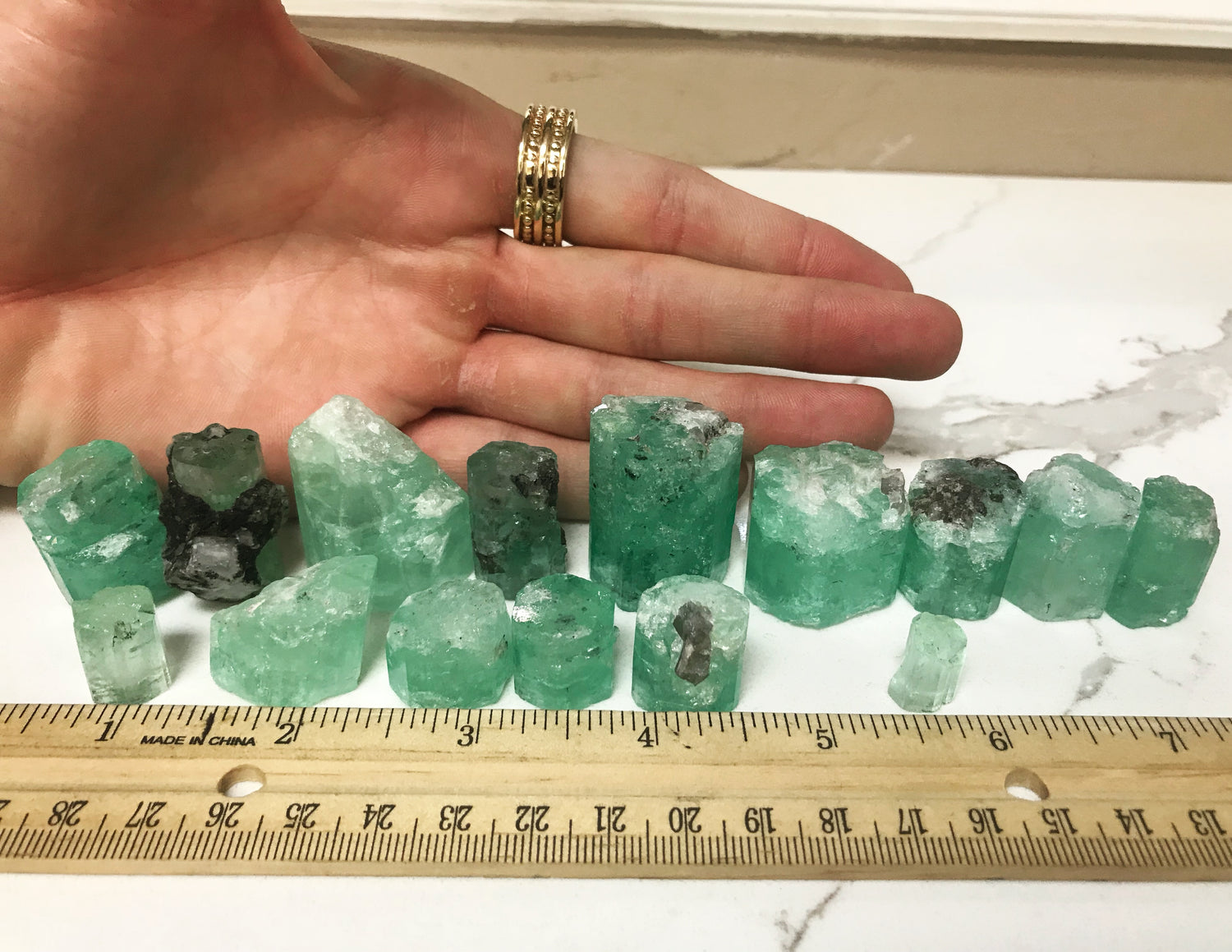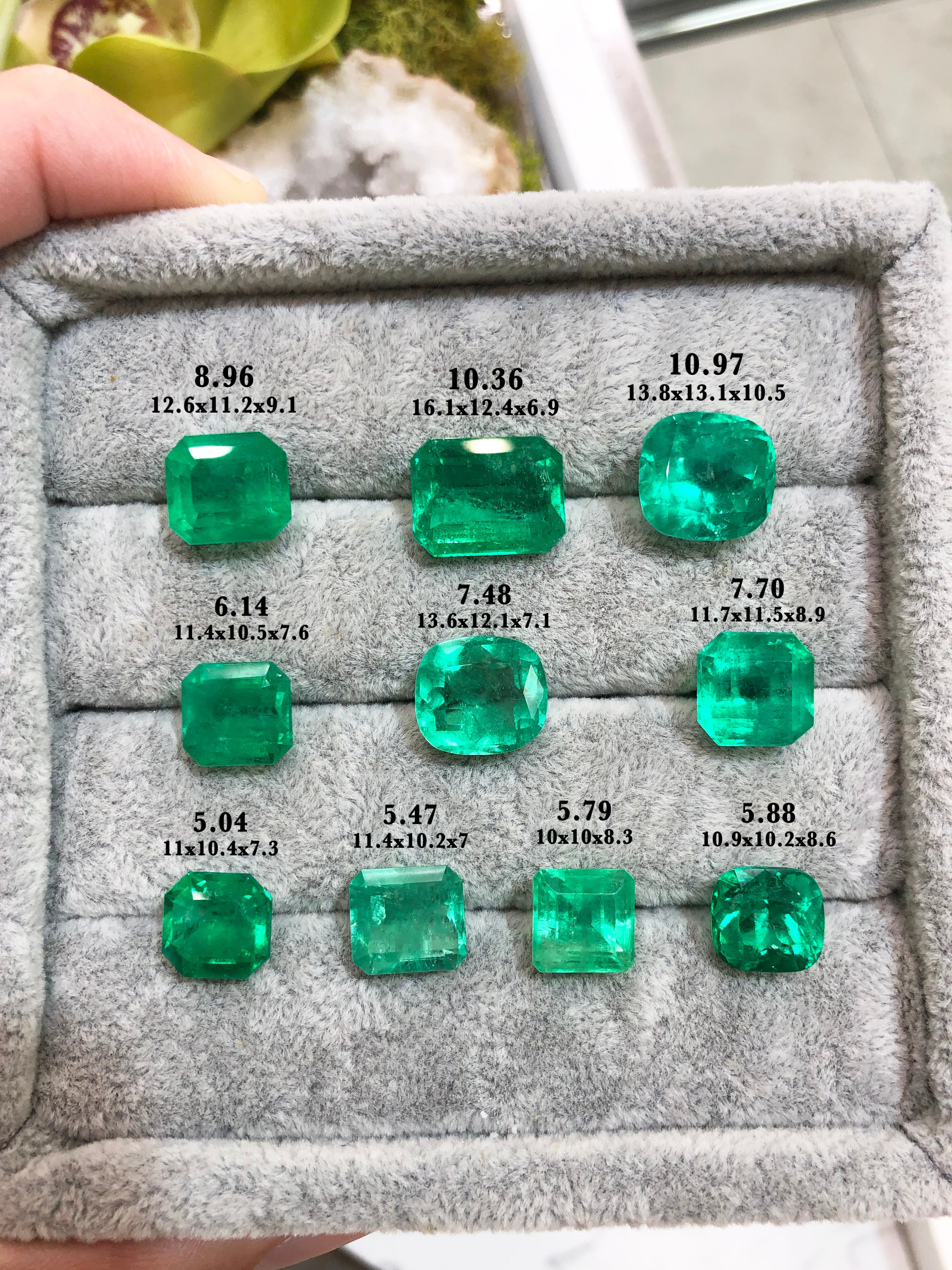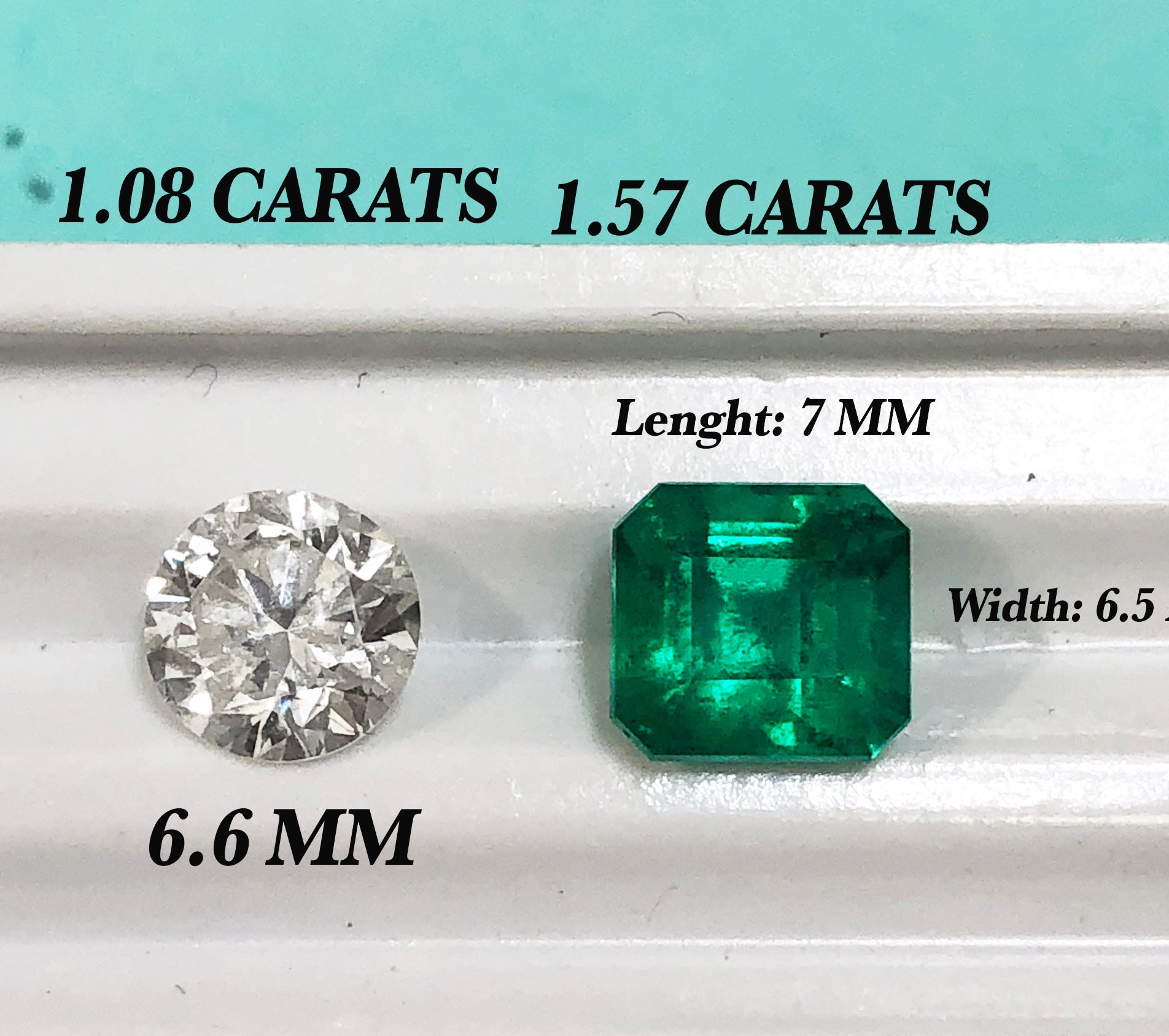Emeralds are among the most coveted gemstones in the world, prized for their vibrant green color and stunning beauty. But have you ever wondered where these precious gems come from? Emeralds are not only rare, but they are also notoriously difficult to mine, making them all the more valuable. These gemstones are found in several parts of the world, but only a few locations are known for producing top-quality emeralds.
In this blog post, we will explore the fascinating world of emerald mining and take a closer look at some of the most prominent emerald mining locations around the globe. Join us as we delve into the history, geology, and geography of these precious stones and uncover the secrets of their origins.
The Process of Mining Emeralds
The process of mining emeralds is a complex and intricate process that involves several stages. The first step is exploration, where geologists and mining experts analyze the potential mining sites to determine whether they contain emeralds. This involves studying the geological formations, mineral composition, and existing mining operations in the area.
Mining Operations taking place in Colombia, Chivor.
The Way to Access the Deposit
Once a potential site has been identified, the next step is to establish the infrastructure required for mining. This may involve building roads, tunnels, and other structures to access the deposit. Once the infrastructure is in place, the mining process can begin.
The actual process of mining emeralds involves several stages, including drilling, blasting, and excavation. This is usually done using heavy machineries such as bulldozers and excavators. The emerald-bearing rock is extracted from the mine and transported to a processing plant, where it is crushed and sorted.
Rough emerald crystal extracted
Gravity Separation Process
The sorting process is crucial, as it separates the emerald-bearing rock from other materials. This is typically done using a process called gravity separation, which involves separating the different minerals based on their density. The emeralds are then washed and sorted again, to remove any remaining impurities.

The faceting process of a emerald
The Final Touches
Faceting an emerald involves cutting and polishing the stone to create multiple flat surfaces, or facets, on its surface to enhance its brilliance and beauty. The cutter has to examine how to cut around the rough stone to avoid specific areas and much pressure from internal fractures, called inclusions, which can cause the stone to crack or break during the cutting process.
The process begins with selecting the rough emerald that will be faceted. The gemstone is then carefully studied to determine the best orientation and positioning of the facets. Next, a series of cuts are made using specialized tools, starting with a rough cut to remove any unwanted material and create the basic shape of the stone. The amount of stone lost during faceting varies depending on the size and shape of the rough emerald, but this typically ranges from 50% to 70% of the original weight.
After the rough cut, a series of finer cuts are made to create the individual facets, each carefully angled and polished to reflect and refract light optimally. The final result is a faceted emerald with a unique and dazzling appearance. The entire process requires a skilled and experienced lapidary, as well as specialized equipment and techniques to achieve the desired result.

Emerald Mining in Colombia - The World’s Best Producer
Colombia is one of the world's largest producers of emeralds and is known for producing some of the finest emeralds in the world. Emerald mining has been a significant industry in Colombia for over 500 years, with the Muzo, Chivor, and Coscuez mines being the most well-known.
A parcel of Muzo emeralds.

The Muzo Mine - Colombia
The Muzo mine, located in the western part of Colombia, is known for producing some of the highest-quality emeralds in the world. The mine has been in operation since pre-Columbian times, and the emeralds extracted from this mine have been prized by royalty and the wealthy for centuries. They are famous for their dark yellowish green color however bluish green emeralds are also mined.


The Chivor Mine - Colombia
The Chivor mine, located in the eastern part of Colombia, is also known for producing high-quality emeralds. This mine has a long and storied history, with evidence of emerald mining dating back to the pre-Columbian era. Chivor mines have a more bluish green crystal like quality. They are known to produce very clean stones and are usually on the lighter side however also produce yellowish green stones.

A parcel of Coscuez emeralds
The Coscuez Mine - Colombia
The Coscuez mine, located in the central part of Colombia, is one of the largest emerald mines in the world. This mine has been in operation for over 400 years and is known for producing emeralds with a unique bluish-green color. This mine produces a more dark yellowish green color with not as much clarity. Production is not as much compared to Muzo and Chivor.
Muzo emerald compared to Chivor emerald quality
Emerald Mining in Other Countries
While Colombia is one of the most prominent locations for emerald mining, there are several other countries around the world where emeralds are also mined. Some of these countries include:
Example of Zambian emerald quality.
Emerald Mining in Zambia
Zambia is one of the world's largest producers of emeralds, with the Kagem mine being the most significant producer. Zambian emeralds are known for their deep green color and high transparency. These stones are known to have more carbons, larger inclusions, and less shine on average.
Emerald Mining in Brazil
Brazil is a significant producer of emeralds, with the Belmont mine being one of the most well-known. Brazilian emeralds are known for their unique blue-green color. These stones are known to have heavier carbon like inclusions and not as clear in clarity on average.

In conclusion, emerald mining is a global industry, with several countries around the world producing these precious gems. Each location has its unique characteristics, including the color and quality of the emeralds produced.















Leave a comment
This site is protected by hCaptcha and the hCaptcha Privacy Policy and Terms of Service apply.